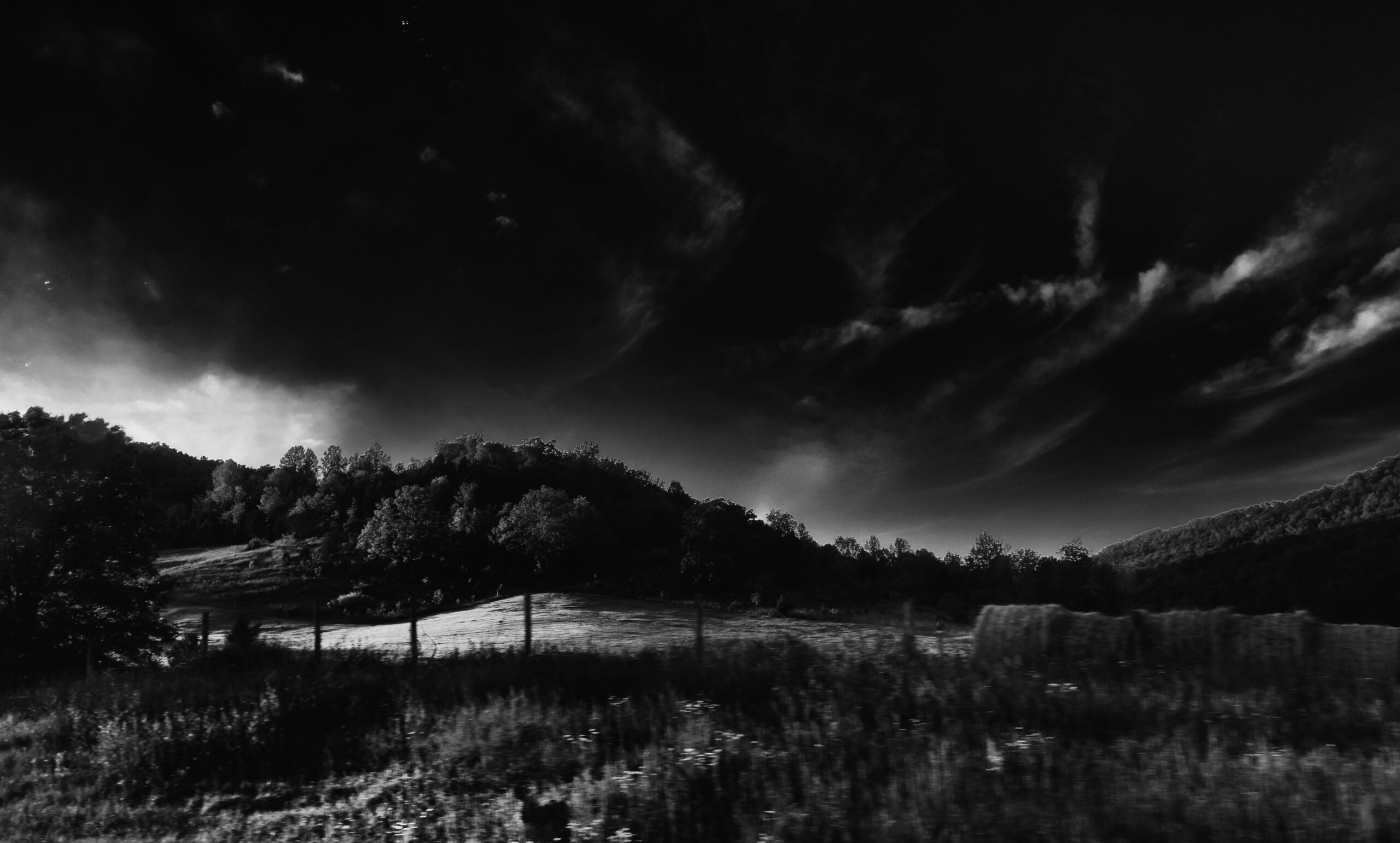Many people think that if someone has low vision, they can’t be a photographer. But that couldn’t be any further from the truth – just ask photographer Tammy Ruggles. “I didn’t realize that I was drawn to (Ansel Adams’) style and contrast because of a vision problem I was born with, Retinitis Pigmentosa, aka RP,” says Tammy to us in an interview. “High contrast is what I see best, especially black and white.” In fact, with the help of her Sony cameras, Tammy has been able to create several beautiful photographs that have been widely featured on the web.
Alpha Vision is presented in partnership with Sony. Sony has made several strides towards helping visually impaired creators with packages like the Retinal Projection Camera Kit. Other cameras, like the Sony a7r V, have extra accessibility features that help someone navigate the menu system and use the camera much easier. This story is part of an initiative to bring the voices and artwork of these photographers to the front. Our Editor in Chief is legally blind, so these stories bring a unique understanding to the type of images these photographers produce.
All images used with permission from Tammy Ruggles.
Tammy Ruggles and Photography
Tammy started out falling in love with photography at a very young age. “Professionally, I got into photography with my first Sony camera, a Sony DSCH 300.” she explains to us. She used this camera to get the kind of pictures she envisioned in her head. “I could even get shots of the moon’s craters if the camera was on a tripod. It was a way to realize my childhood photography dream, express my creativity, my love of nature, and keep connected to the visual world that I couldn’t see with my eyes alone.” In fact, Tammy keeps it all pretty simple.
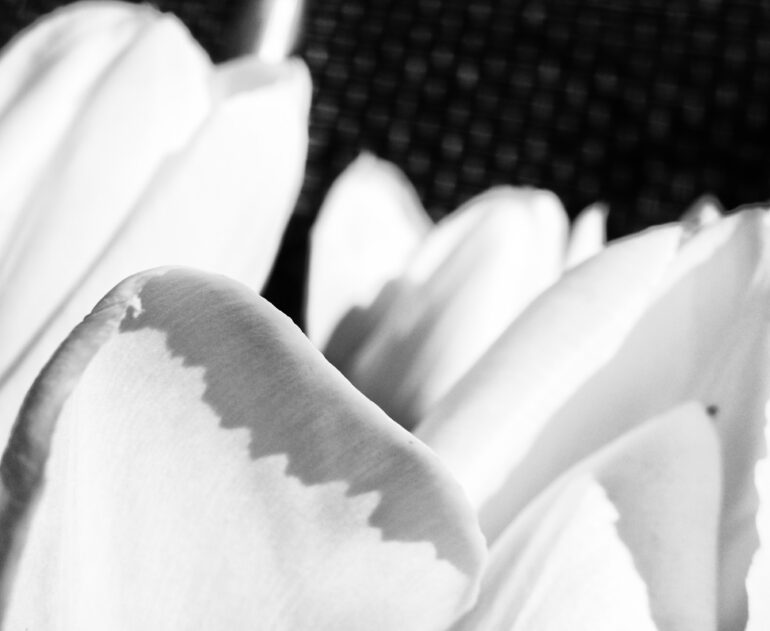
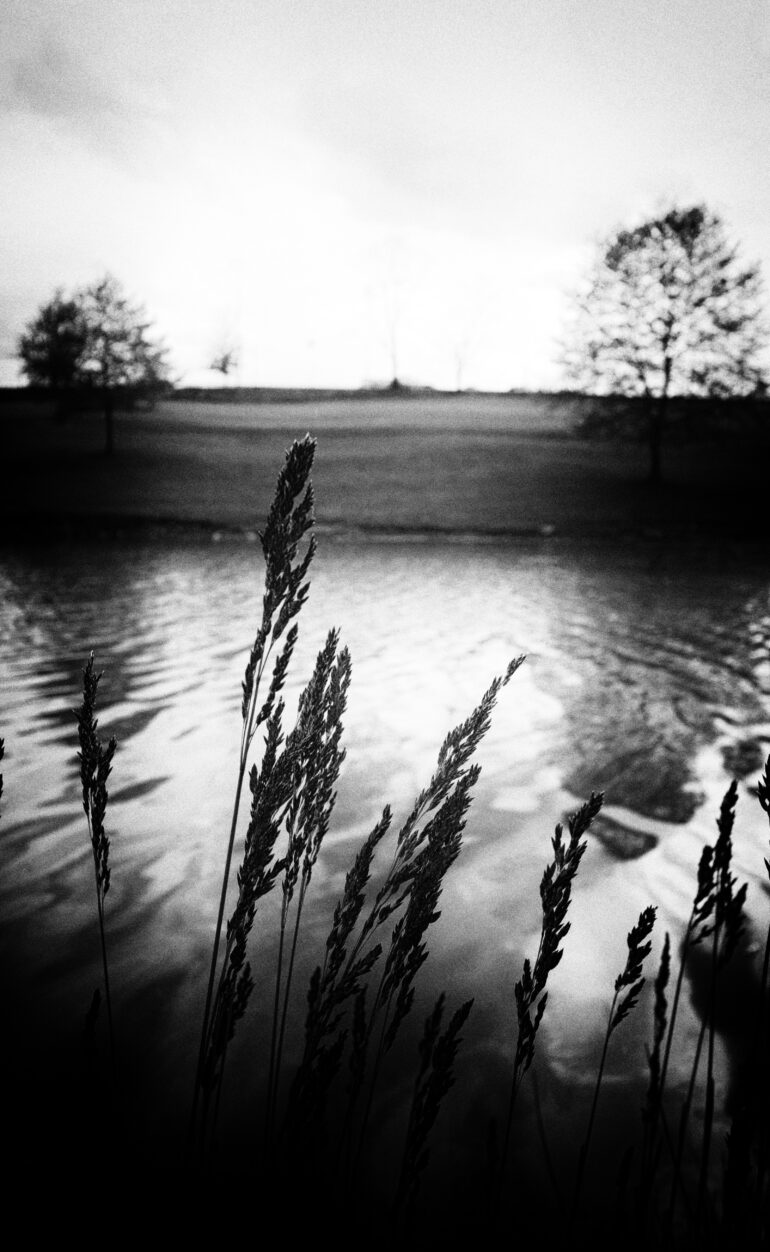

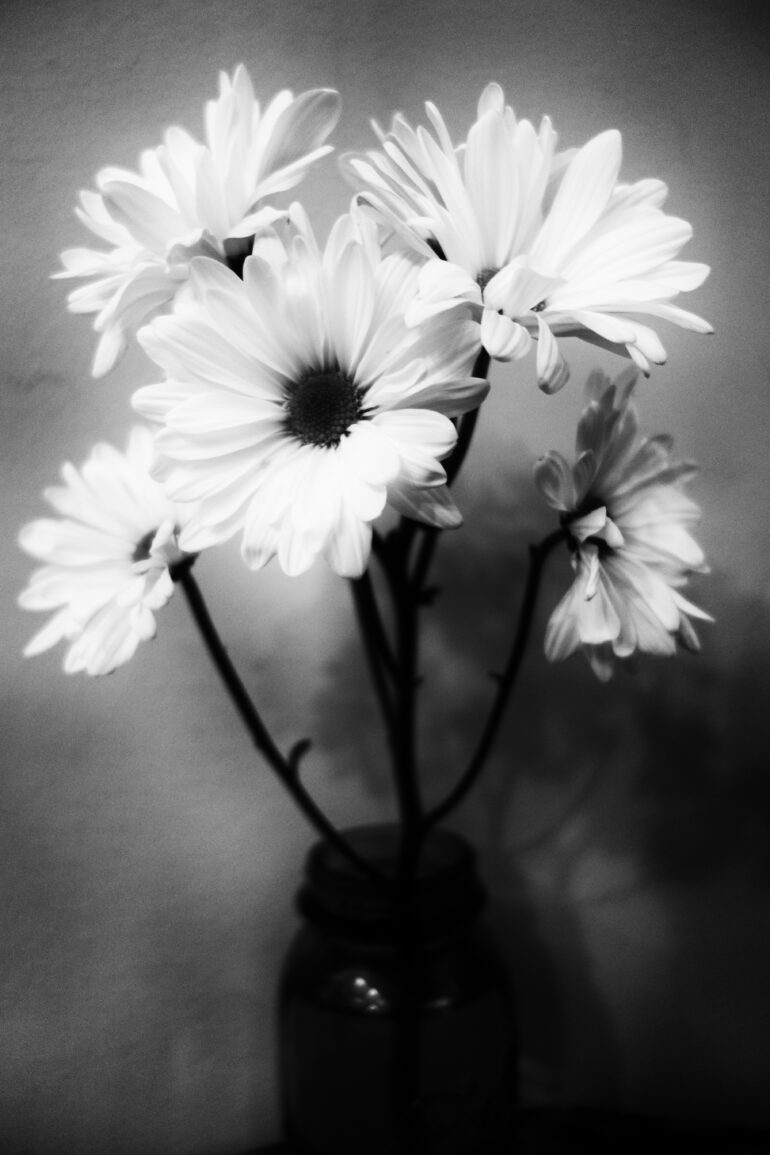
She eventually moved on to the lighter Sony RX100. “…it could fit in my hand while shooting as a passenger in a car or walking down the street, snapping away at landscapes, hoping I’d caught some good ones,” Tammy says. “But I wouldn’t know which ones until I could upload them on my 47-inch computer monitor, where I could then zoom in even closer.” After this, she does a bit of post-production in Silver Efex to get the contrast she needs.
“This is how I got into professional photography, something I’d always wanted to do but felt I couldn’t due to my poor eyesight.”
How She Does It
Retinitis Pigmentosa is different for everyone, as Tammy explains. For her, everything is extremely blurry. On top of that, it’s also like looking through fog. “I don’t see details, just basic shapes and colors,” she tells us. “The closer I am to something, like a few inches away, the better I can see. That’s why zooming in is so helpful to my photography.” The Sony RX100 series cameras help make zooming in on the details pretty simple with their 1″ sensor and the useful zoom lens.
The question that always goes through my mind is, how does this look to the viewer? It looks blurry to me, but how does it look to others? I’m sure I’ve made a lot of mistakes with my pictures. People tell me there are power lines in some of them. Well, I can’t see those, so there probably are, and when I do notice them, I just try to turn them into an interesting part of the picture.
Tammy started sketching at 12 years old and admits that it was tough growing up as an artist and going to school for it. But as time went on, she became more and more blind until she reached legal blindness — a state where even with corrective lenses, one still cannot see 20/20. In many cases, you can’t even drive anymore. For Tammy, she couldn’t even sketch anymore.
Everyone that’s visually impaired experiences it completely differently. So how does she do it with such limited vision? Part of it is the ease of use. With the Sony DSCH 300, she was able to figure it out with muscle memory. She attributes built-in settings, the internal 55MB storage, and 20MP photos to be a key part of it. On top of all this, there’s a 70x optical zoom. “This means I could zoom in for a close-up on a cardinal perched in a tree without losing quality,” she explains. “These black and white presets eliminate the step of post-producing an image, and the autofocus, lighting presets, and filters make adjustments I can’t see to do on my own. It also has low-light capability and takes great nighttime pictures.” She continues to state that things like the dedicated knobs made her figure out and feel her way around the camera thanks to their tactile nature.
A few other settings that help Tammy make her photos:
- Night Portrait
- Landscape
- Soft Skin
- Snow
- Fireworks
- Gourmet
- Pets
- Panorama settings
- Built-in auto flash settings
- The 175 minute battery life
Of course, we can’t forget about the buddy system “Occasionally, a helper points out an interesting subject to capture, and the large 3-inch screen of the DSCH 300 enables my helper to frame it up for me before I hit the shutter button,” Tammy explains to us. Essentially, the camera ends up seeing for Tammy.
That’s part of the reason why the new Sony Retinal Projection Camera Kit excites her. She looks forward to trying it after reading our impressions of it. For Tammy, the idea of being able to see things like signs, labels, books, and people is invigorating because she hasn’t seen them in years.
“I know this technology could extend the career of a visually impaired photographer like me who continually loses vision over time.”
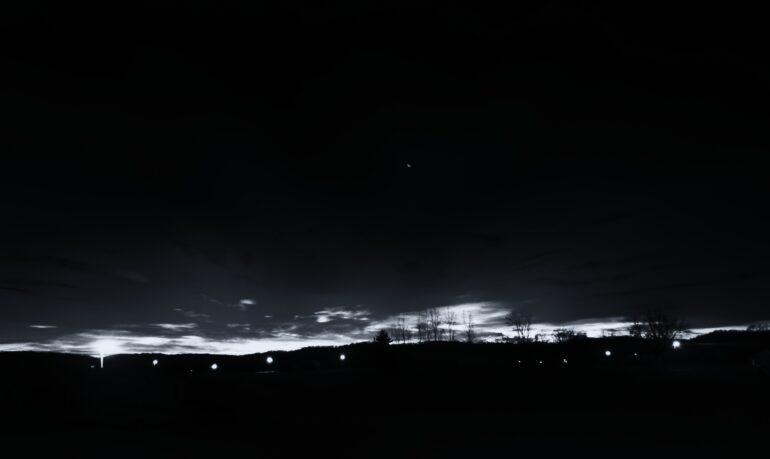
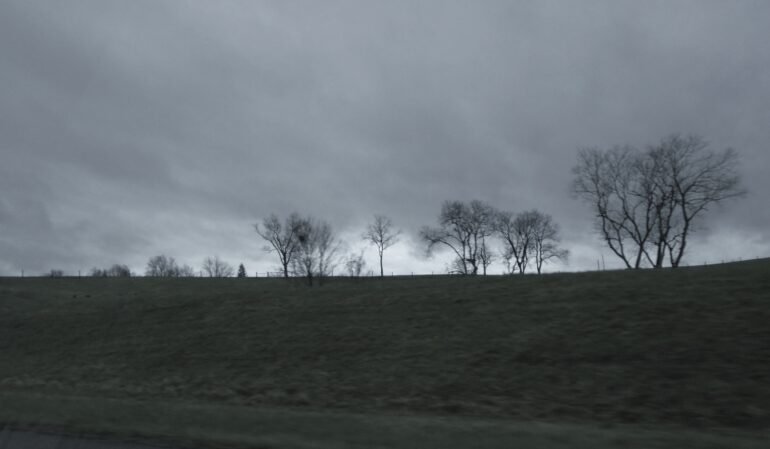

“I had a brief window of time to sketch with a Sharpie, then a brief window of time to paint with my fingertips, and when those were no longer possible, I turned to my first Sony camera,” she explains. “It helped me remain an artist for several years now.” Tammy continued to say that because she can’t see what the camera is doing well enough, she can’t always create her images without post-production. That’s where her big screen comes in.
When she’s working in post-production, Tammy can zoom in on the details. Calling herself a “wanna-be Ansel Adams,” she can then edit the RAW files from her little camera as needed. She crops, converts to black and white, enhances the contrast, etc., to get the photos she wants. These decisive moments then end up being the bulk of her portfolio — which is incredibly unique.
Thoughts on AI
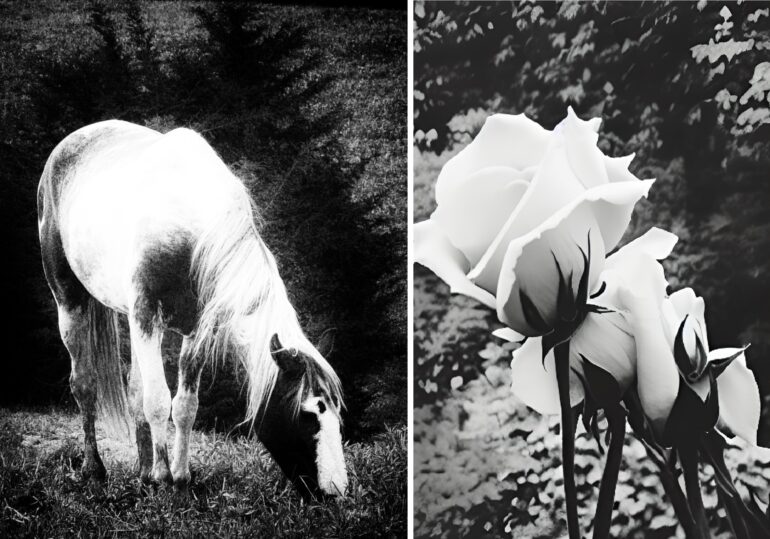
While most photographers are scared of AI, Tammy thinks that it can be a very useful tool for her as a visually impaired photographer. In fact, she loves it as it helps her add another dimension to her artwork — especially if she’s transparently showing the original photo alongside. “Earlier this year, I made an AI image called ‘White Roses’ from one of my favorite photos, ‘Grazing,’ and the two images were exhibited side by side in an art show for the Arts for All Kentucky organization.”


